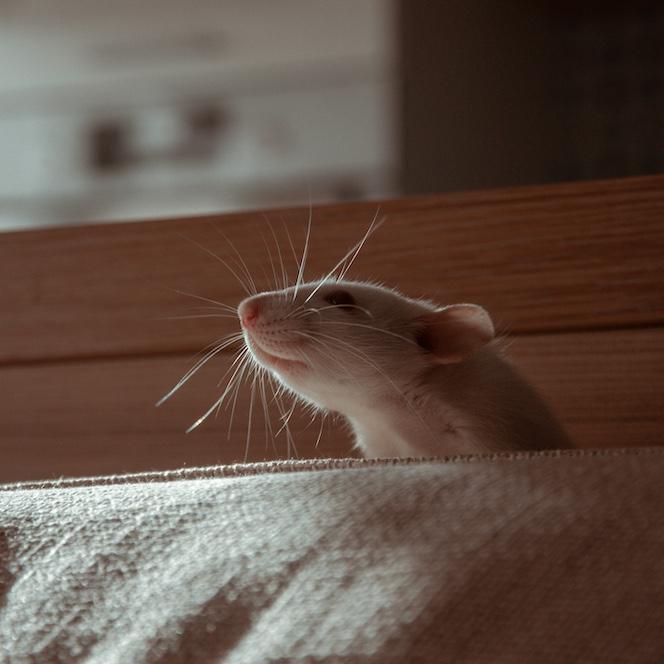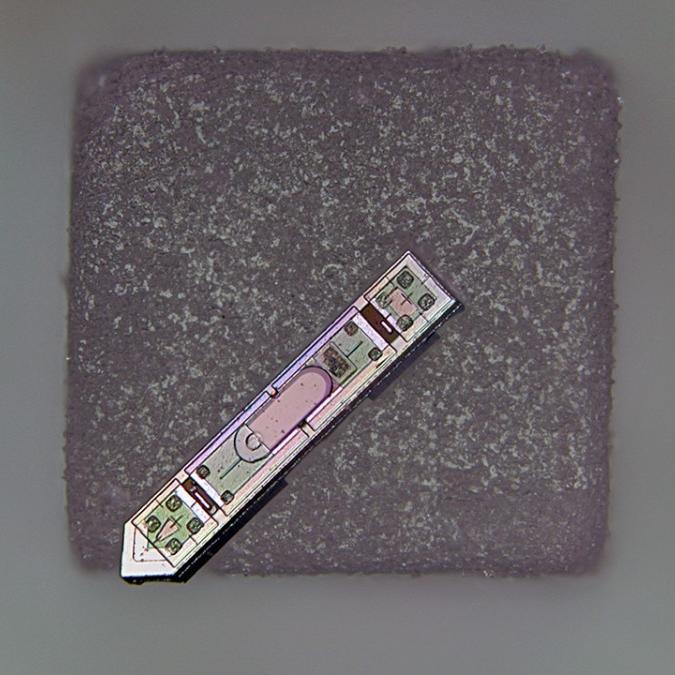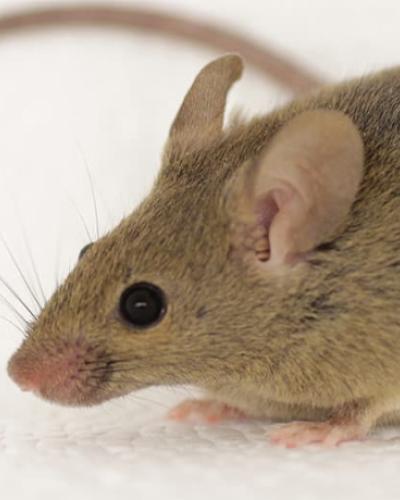Most mammals communicate information about their individual identity, territory, gender, mating potential and even health status through scents found in urine.
A new study of mice and their urine, published March 3 in PLOS Genetics, reveals how mixing and matching combinations and relative amounts of scent chemicals leads to each individual’s unique perfume.
The study of mice proposes that natural selection may favor an approach where individuals have some variation for genes that produce pheromone blends, but the biggest determinant of individual scent results from which pheromone genes are turned on and off and how much of each pheromone is produced. The study suggests this mechanism may determine how species generate and maintain their individual scents.
“There is some difference at the gene level, but what really differs is whether they turn the genes on,” said Michael Sheehan, assistant professor of neurobiology and behavior, and lead author of the paper.
In the study, Sheehan and colleagues looked at the genetics and proteins in major urinary protein pheromone in the offspring of wild-caught mice. The analysis enabled the researchers “to pinpoint the feature of the genome that allows for diversity, allows for individuality,” Sheehan said.
He added that maintaining individuality was important because it helps ensure that an individual does not receive punishment meant for someone else. Sheehan said it also helps an individual reap the benefits of his or her strengths, as opposed to those benefits going to someone else.
The paper states that such individual recognition via scent is also critical for many aspects of behavior, including parental care, competition, cooperation and mate choice.
The study may also have implications for manipulating urine scents for pest control.
Co-authors include researchers from the University of California, Berkeley; the University of Arizona, Tucson; and the University of Liverpool, U.K.
The study was funded by the National Institutes of Health, the Biotechnology and Biological Research Council and the University of California, Berkeley.






